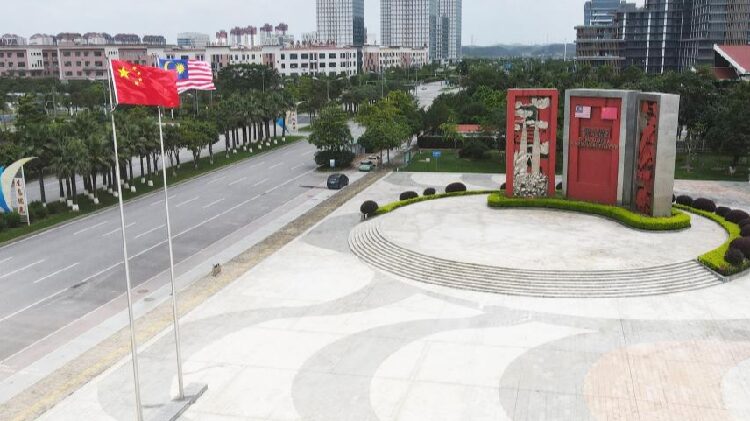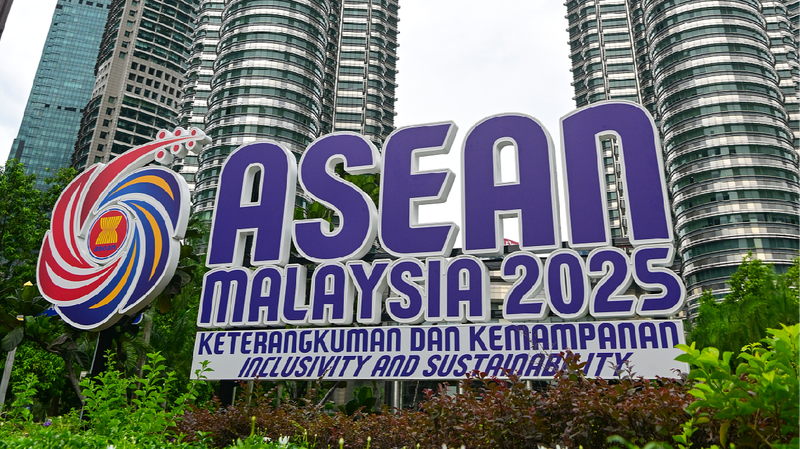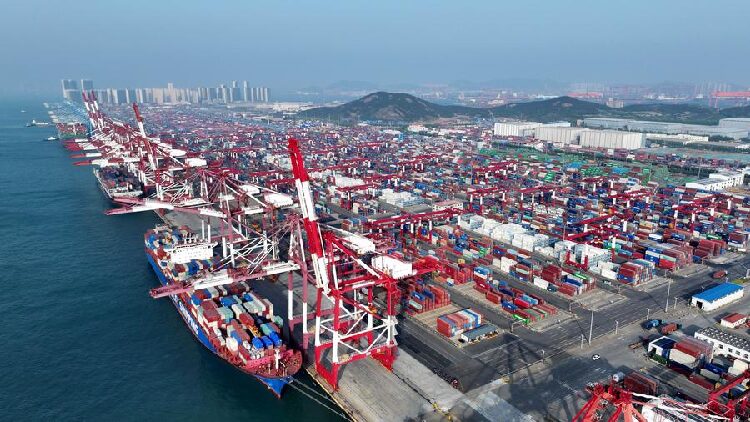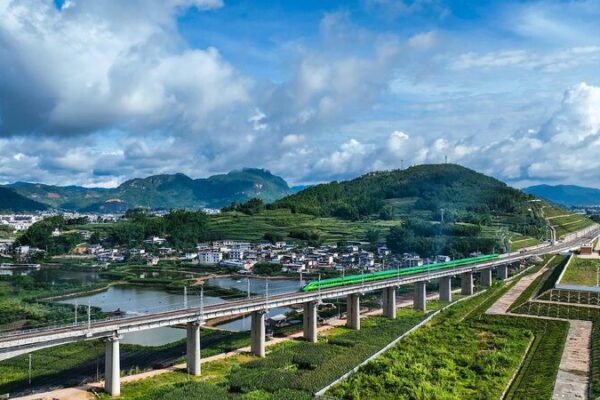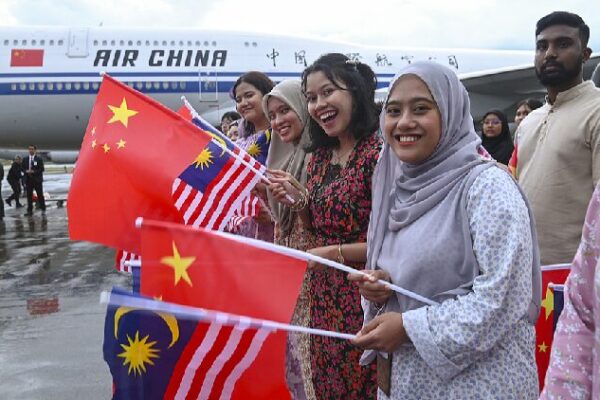Amid global economic uncertainty, Chinese President Xi Jinping is set to visit Malaysia from April 15 to 18, marking a significant moment for China-Malaysia relations and the wider Association of Southeast Asian Nations (ASEAN) community.
With Malaysia preparing to take over the rotating chairmanship of ASEAN in 2025, President Xi’s visit underscores the importance of strengthening ties between China and the ASEAN region. China and ASEAN have been each other’s largest trading partners for years, and bilateral trade between Malaysia and China reached a record high of over $212 billion last year, a remarkable increase from less than $200 million when diplomatic relations were established in 1974.
In a time when global economic stability is challenged by trade conflicts and uncertainties, notably stemming from new tariff policies, President Xi’s visit is expected to bring renewed economic opportunities and stability to the region. The Regional Comprehensive Economic Partnership (RCEP) and the Belt and Road Initiative (BRI) encompass economies that are fast-growing and youthful, providing a solid foundation for sustaining industrial supply chains and consumer demand.
Maintaining a stable economic environment within these cooperation frameworks is crucial. However, investor confidence is wavering, and consumer spending is shrinking due to global economic uncertainties. In such challenging times, China’s role as a major economy is pivotal in fostering regional stability and driving recovery.
Technological collaboration is a key area of opportunity. The Chinese mainland leads the world in electric vehicle manufacturing technologies and holds a competitive edge in artificial intelligence (AI), both of which are in high demand across Malaysia and other ASEAN countries. Malaysia’s well-established supply chains and robust ecosystem for the automotive and electronics industries provide a strong foundation for the development of the AI industry. These synergies present timely opportunities for strategic cooperation in high-growth fields.
Enhancing cooperation in digital currency and cross-border payment systems is another area with enormous growth potential. With trade between China and ASEAN reaching almost $963 billion, there is an increasing demand for fast, reliable, and cost-effective cross-border transaction systems. High-level diplomatic exchanges are expected to address regional financial cooperation, paving the way for industry stakeholders to seize new opportunities.
Key BRI projects in Malaysia, such as the East Coast Rail Link and the deep-sea port in Melaka, are anticipated to feature prominently in discussions during President Xi’s visit. These large-scale infrastructure initiatives are poised to deliver long-term benefits for Malaysia’s economic transformation.
Additionally, Malaysia’s vast reserves of rare earth minerals, essential for high-tech industries, present opportunities for mutually beneficial cooperation. There is also hope that China will increase its imports of traditional Malaysian exports like palm oil, rubber products, and agricultural goods. The services sector, including healthcare, design, and architecture, offers tremendous opportunities for collaboration, leveraging Malaysia’s unique cultural blend and complementing China’s innovative spirit.
President Xi’s visit to Malaysia promises to boost regional investment and pave the way for a new era of global economic cooperation and regional stability. By strengthening ties and exploring collaborative opportunities, both nations can contribute significantly to the prosperity of the region.
Reference(s):
New momentum for China-Malaysia ties amid global economic uncertainty
cgtn.com
